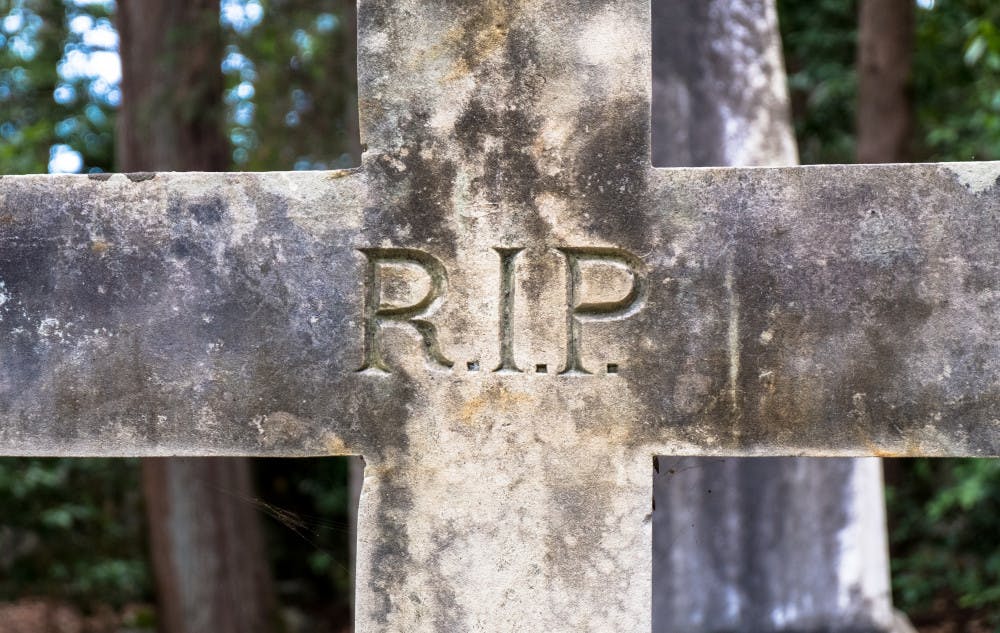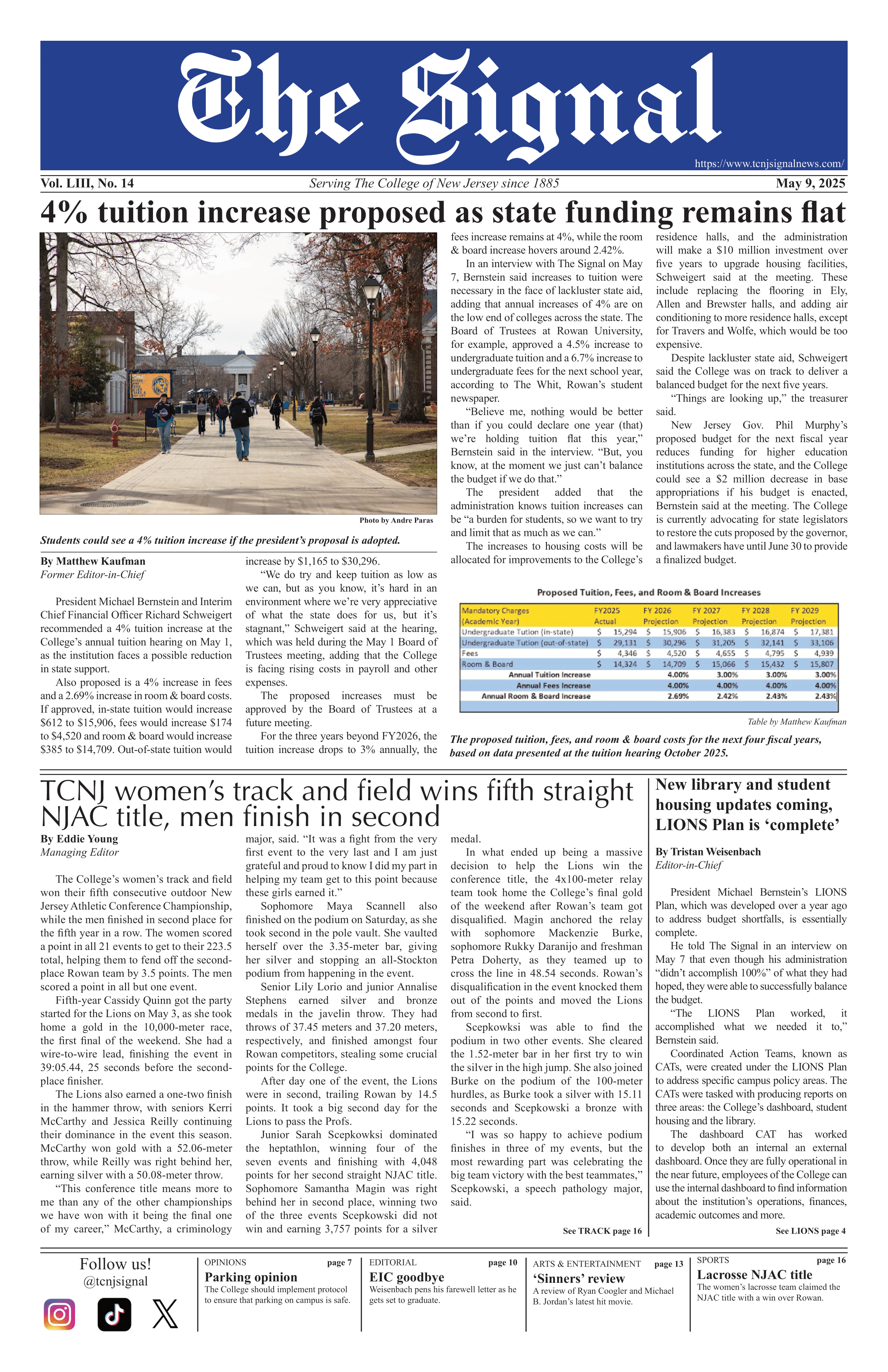By Jenn Zuccaro
Staff Writer
I first came across the novel “Thirteen Reasons Why” when I was in middle school, which is also around the time it was published.
The story follows a boy named Clay Jensen, a shy high school student who receives a box of cassette tapes, which are later revealed to be recordings of the late Hannah Baker, Clay’s former classmate and crush who had recently committed suicide. Clay quickly learns that the tapes reveal the reasons why Hannah chose to kill herself — and since he has received the tapes, he is one of the reasons why.
Jay Asher’s 2007 novel, a controversial bestseller, tells an important story. It reminds us that actions have consequences and people have breaking points. It teaches us these things in a memorable way, with a compelling storyline that makes it difficult not to devour the entire book in one sitting.

Jay Asher’s 2007 novel, a controversial bestseller, tells an important story (envato elements).
While it might not be the most accurate representation of the realities of depression and suicide as a growing issue in high schools, it is successful in the way it helped start an important conversation within an age group that, prior to 2007, hadn’t had access to many books written specifically for teens that dealt with such heavy topics.
“13 Reasons Why,” the Netflix adaptation of Asher’s novel, keeps the main premise of the book while adding in some personal twists. For one, Clay and Hannah are more than just casual acquaintances in this version of the story. The series plays up the romance aspect of Clay and Hannah’s relationship quite a bit, forming a love story out of what was formerly little more than a casual hookup.
The enhancing of a love story is not a new concept regarding film and television adaptations, but the building up of Clay and Hannah’s relationship is particularly detrimental to this story in particular, and not simply because it distracts from the important topics being addressed. It also makes us regret Hannah’s death for the wrong reasons.
In the novel, we miss Hannah because we grow close to her as we learn her story and sympathize with her and the hardships she was forced to endure during her life. With the series, we miss Hannah because we want to know what might have happened between her and Clay had things not ended the way they did.
With so much focus on the romance, we lose the true tragedy of Hannah’s suicide. The Hannah Baker that Asher created wouldn’t want us to mourn her simply because she didn’t end up with her prince charming in the end.
The series also makes another smaller, yet very noticeable change to the original story. In the novel, Hannah commits suicide by swallowing pills, while in the Netflix adaptation, she slits her wrists and bleeds out in a bathtub.
Once again, this isn’t a surprising change, as adaptations often find a way of utilizing all opportunities to heighten the drama, but it is a change that I find problematic for a number of reasons. By opting to include a more violent suicide method, the show almost romanticizes the act. But the act itself is not something that we are meant to dwell on — it is the buildup to the act, the reasons why this has happened, that we are supposed to focus and reflect on.
Asher’s novel dedicates no more than a few sentences to Hannah’s actual suicide, leaving the focus where it should be: on Hannah’s story.
“13 Reasons Why” succeeds when it is not trying so hard to get us to feel a certain way. In the beginning of each episode, when Hannah Baker’s voice cuts into the room, thick with loneliness — those are the moments when I feel the most connected to Hannah and her story.
The Netflix adaptation is not a failure in any sense, but it doesn’t quite hit its mark. The suspenseful storyline, coupled with the star-crossed lovers theme and controversial subject matter, all but ensure the popularity of the series.
But if you’re interested in a less gimmicky version of Hannah Baker’s story that colors her as a deeply troubled teen rather than merely the Juliet to Clay’s Romeo, then Asher’s novel might be the better choice.







